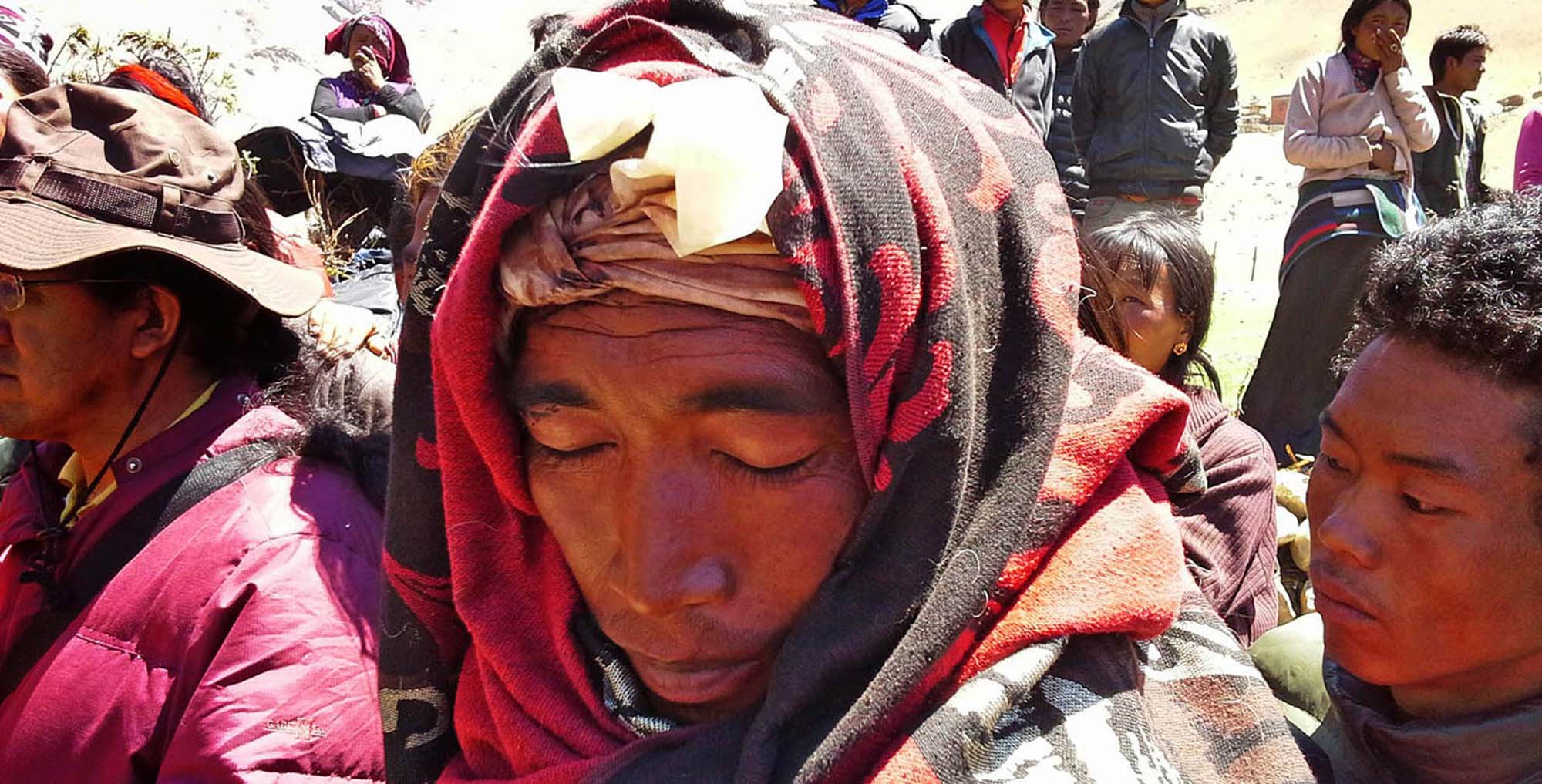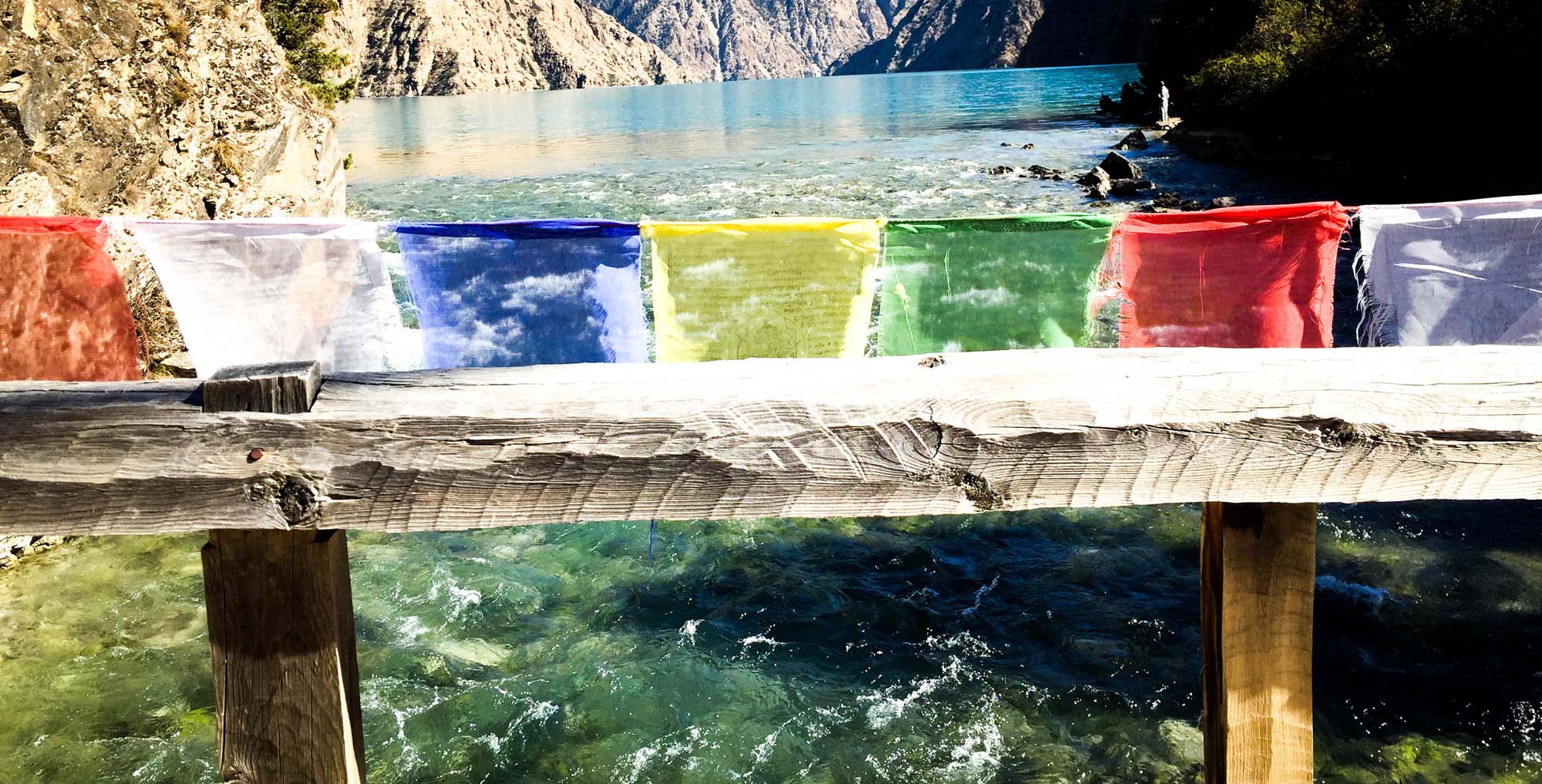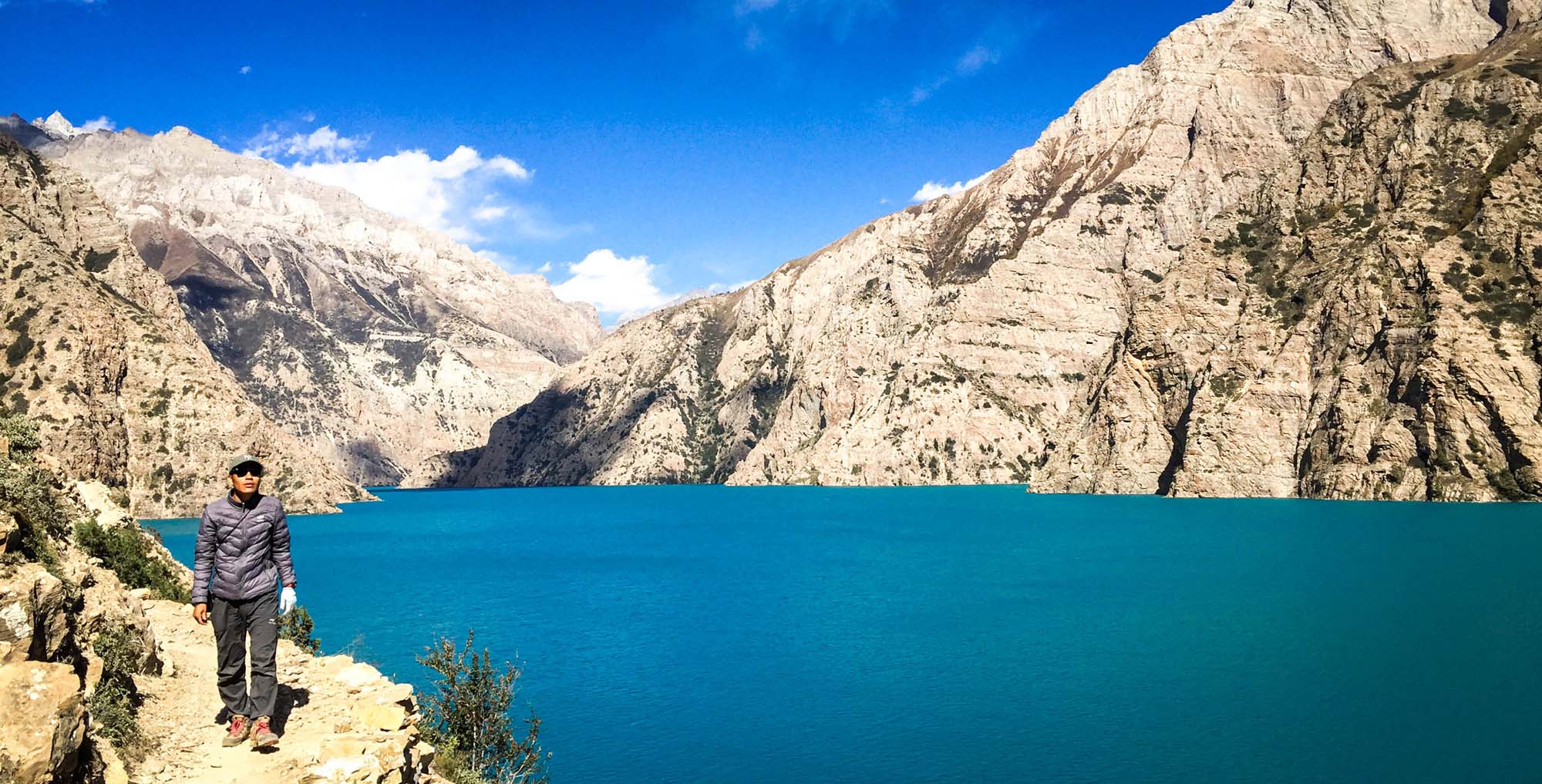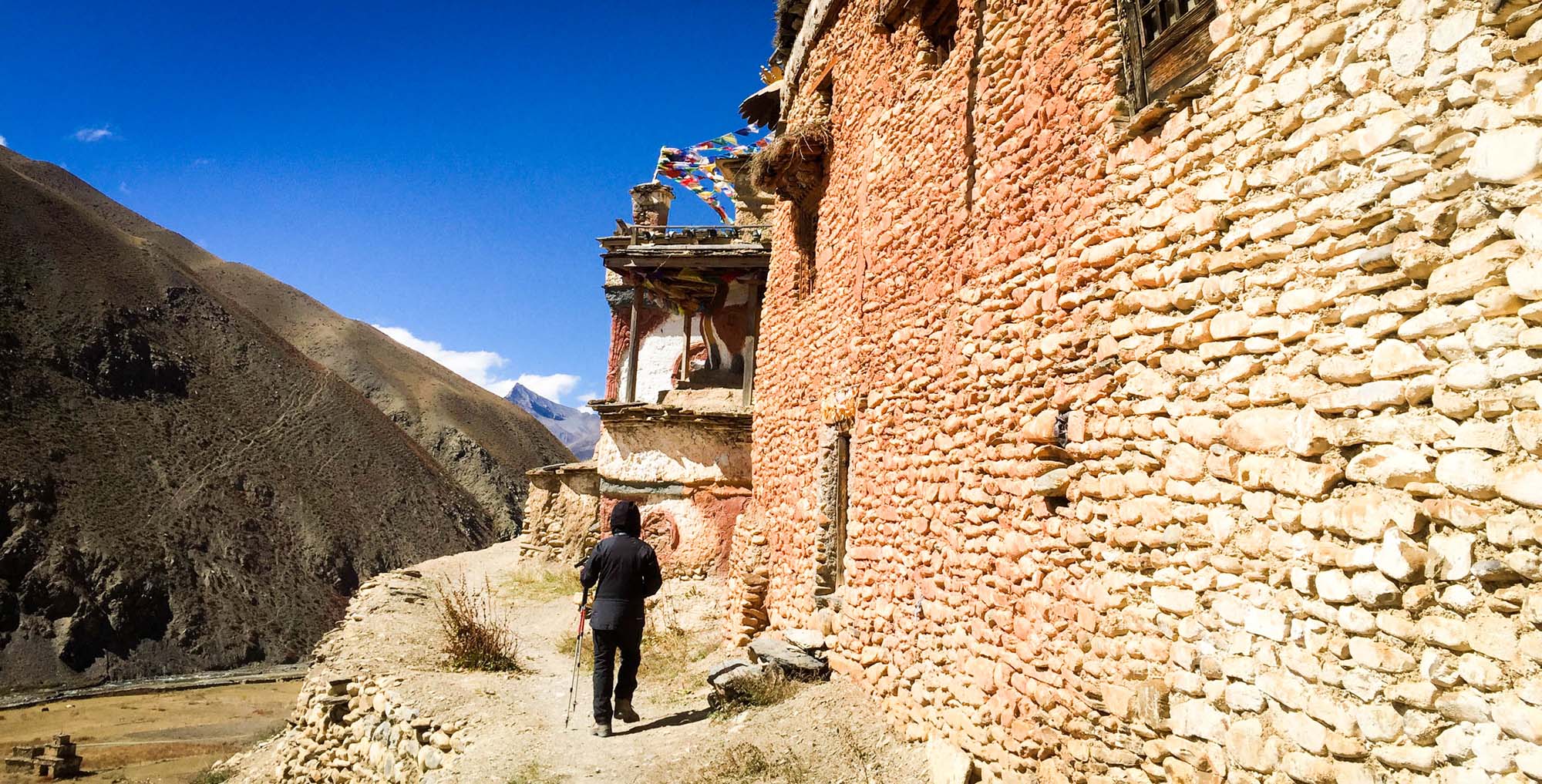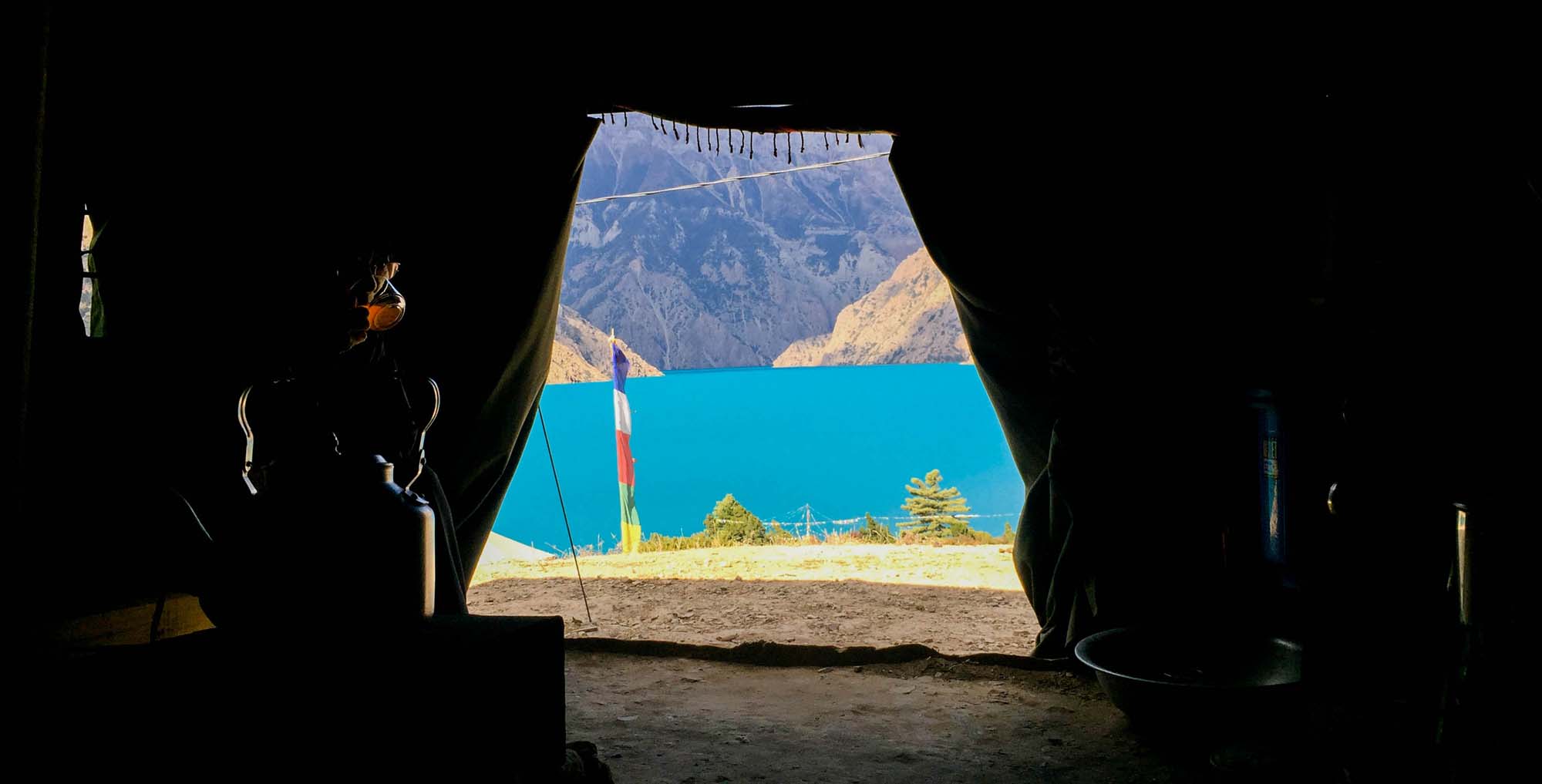Important Information
Region
Dolpo Region Treks
Duration
18 Days
Max Altitude 5310m
Best Season April - November
Activity Per Day
5-6 hrs
Grade
Level 3
Group Size
2 - 20 people
Transportation Flight - Jeep
Lower Dolpo is the most recommended trekking in western Nepal with the less cost of permit compare to Upper Dolpo and Upper Mustang.
Lower Dolpo lies in the rain shadow of Dhaulagiri, Western Nepal. Snows frequently block passes in the winter so that the best time to trek is from late April to mid-November. Access to the region is via Nepalganj, one of the largest towns in western Nepal, and the first stop from Kathmandu. Flights to the more remote airstrips and trekking access points depart from Nepalganj to Juphal. A walk through the Dunai bazaar should not be missed.
This trek offers an outstanding trekking experience in the remote western region of Nepal. The 16-day trek begins with visits to the UNESCO World Heritage Sites in Kathmandu. Next, we fly to Jhupal via Nepalgunj and begin our trek through remote locations admiring the beautiful rain shadow landscape of the Himalayas. Dolpo trekking is a full package of mystical experiences. In addition, this is also one of the few areas where the pre-Buddhist Bon Po religion is still practiced. While on the trek, we get to muse at the yak caravans that maintain the traditional salt trade with Tibet. We also cross two high passes- Numa La and Baga La-and reflect on life amidst the tranquil water of Phoksundo Lake.
This trip is appreciated by all the visitors of Dolpo which leads you through several typical villages and the flat valley like Dho Tarap having enchanting views of nature. From the beautiful Dho valley you will head for Phoksundo Lake, the deepest lake of Nepal which is famous for its crystal clear water and turquoise color. There is the magical power of changing the colors of the lake from morning to evening and the lake remains always neat. If you have past experience of trekking to the Himalayas will be better for this trip because this trek exists 5000m high two passes to cross.
Highlights
- This is really an impressive destination traversing from Dho valley to Phoksundo lake.
- We provide a guide who speaks Tibetan, Nepali, and English to make this trek in the best way.
- Explore the shores of Phoksundo Lake in Ringmo, the deepest lake of Nepal with the fascinating colors that reflects from it.
- View of 8000m peaks, Dhaulagiri from the Numa la and Baga la.
- Experience the Tibetan culture within Dolpo, an isolated valley of Nepal.
- If you are lucky enough, you will see Snow leopard.
- In the end, you will fall with people, cultures, and landscapes
Include
Crew members:
Trekking Guide: Speak Language English, Nepali Tibetan and Dolpo
Trekking Cook: Good Experienced In Trekking
Kitchen Boy (whole trekking staff)
two way flight fair (ktm-Kep-Dolpo-Kep-Ktm)
Porters or Mule
Trekking equipment: Chairs &Tables, Mattress, Member tents , Kitchen/ Dinning tent, Toilet tent, Bedding Bag , First aid kit.
Food: Three times meal (Breakfast, lunch and Dinner)type of different items.
Drink: Tea, Coffee, juice etc. with light snacks biscuits cookies etc. along with fruits and chocolates.
Three Nights Hotel in Kathmandu
One night hotel in Nepalgunj
Exclude
Nepalese visa fee
Excess baggage charge for domestic flights
Extra night accommodation in Kathmandu because of early arrival, late departure, early return from mountain (due to any reason) than the scheduled itinerary
Lunch and evening meals in Kathmandu
International flights
Travel and rescue insurance
Personal expenses (phone calls, laundry, bar bills, battery recharge, extra porters, bottle or boiled water, shower, etc.)
Tips for guide(s), porter(s) and driver(s)
Route Map

Important Information
* The Price given here is per person based on a minimum of 2 pax. The price will be cheaper with an increase in the number of people.
* Single Supplement is an extra charge (incase of single travelers).
Checklists for Lower Dolpo Circuit Trek
- Valid passport (valid for six months from the date of your trip)
- One other picture ID, such as driver’s license (in case of emergency and for use as a substitute of passport or in case of loss of your passport) Photocopy of passport page to carry in a wallet
- Air tickets (Make a copy of flight tickets which may be helpful, in case of loss)
- Visa Clearance (Make a copy of visa clearance which may be helpful, in case of emergencies)
- MasterCard, Visa Credit, and Debit Cards are accepted in Nepal. However, traveler's cheques and some cash are highly recommended.
- Mobile (if your cell phone is from CINGULAR USA or ATNT (USA) operators then your cell phone will work in Nepal.)
Guiding, Food, and Camping
In Nepal, all trekking supplies - camping equipment, kitchen implements, food - are all carried by pack animals like mules, Yaks, and horses. Even Porters are common in Nepal. All trekkers are accompanied by a guide, a cook, and usually at least one horseman or yak herder. With the surest footing; they lead trekking groups across the passes. The horseman and cook will usually run ahead during a trekking day. They will have prepared a packed lunch for hikers and will go on to the night’s resting place to set up camp. They set up tents, cook dinner, and ready the area for arriving trekkers. When trekkers reach the campsite they are greeted with a hot cup of tea and biscuits in the dining tent. After six hours in the mountains, no drink will ever taste sweeter. For dinner, the cook will usually prepare a buffet of dishes that are as welcome as they are delicious.
DRESS CODE FOR VISITING MONASTERIES, AND TEMPLES
- Shirt (either half or full sleeve)
- Full pants/long skirts
- Any type of shoes with socks
- No Hats, No Umbrella, No Slippers, No t-shirts, No short skirt, and No half-pants
- Photographs allowed in the courtyard only.
Note regarding itineraries
Although we generally adhere to the schedule, the itinerary is subject to change for numerous reasons beyond our control, including weather and terrain conditions, suitable campsite availability, and the group's general fitness level. It is important to understand that our trek is logistically complex and it is not unusual that adjustments be made. Our guide will orient you each evening to the following day's plan; their good judgment is the key to the long history of successful treks that Himalayan Wander Walkers has led till now. Please remember that our ability to make adjustments as needed helps to ensure that your trek is successful.
Frequently Asked Question
Although trekking gear is available in Nepal you are advised to bring your own gear.
Trekking or running shoes Camp shoes or thongs Socks (polypropylene)
Down or fiber-filled jacket Jumper or piled jacket Hiking shorts Waterproof jackets, poncho or umbrella Hiking pants T-shirts or blouses Underwear Sun hat
Rucksack Self Inflating Sleeping Mattress (optional), Water bottle Torch, batteries, and bulbs
Extra prices:
Let us help you decide Inquiry

